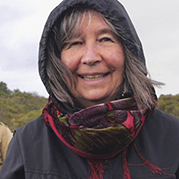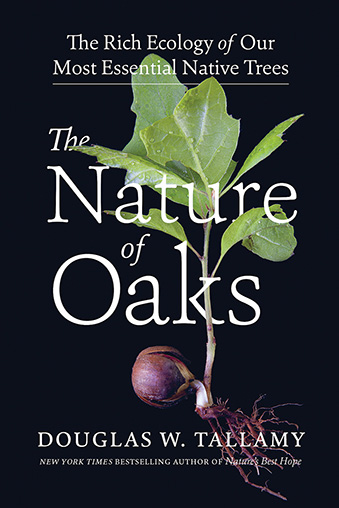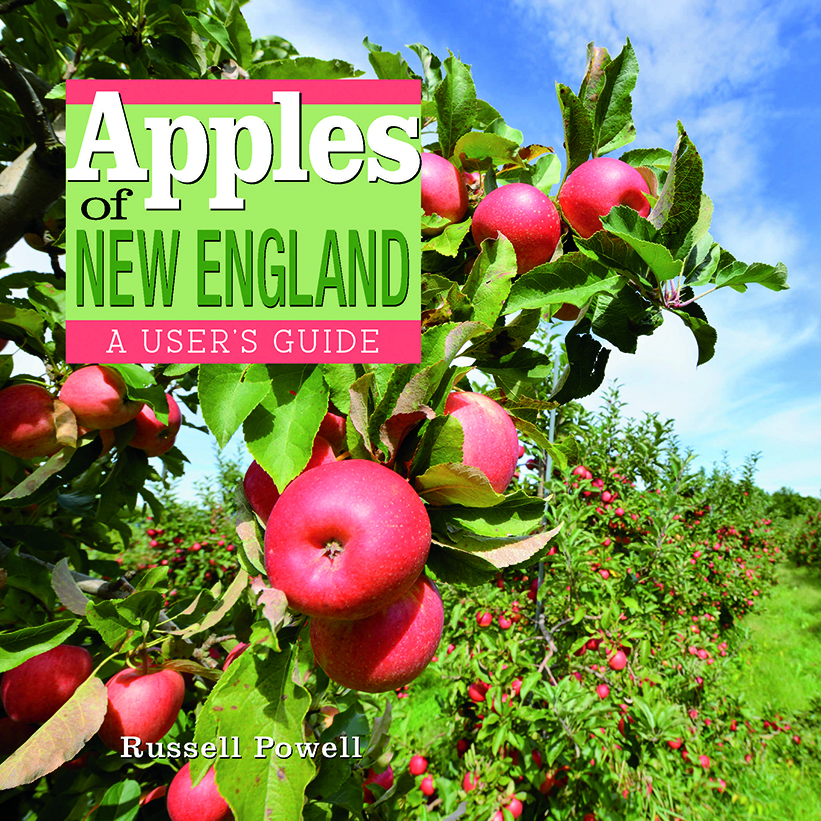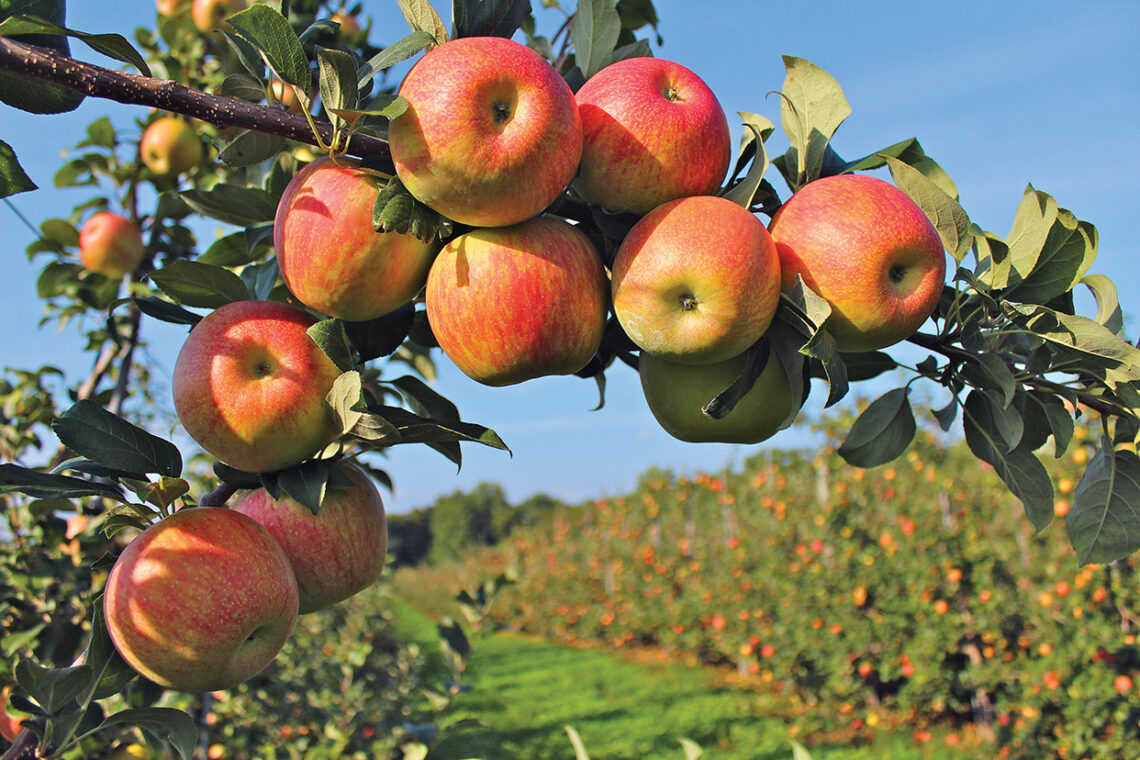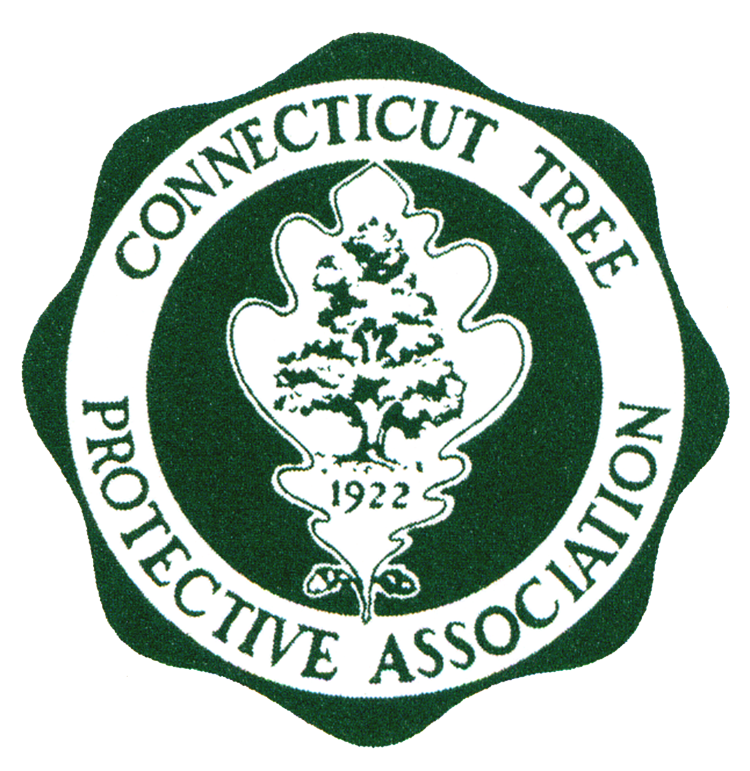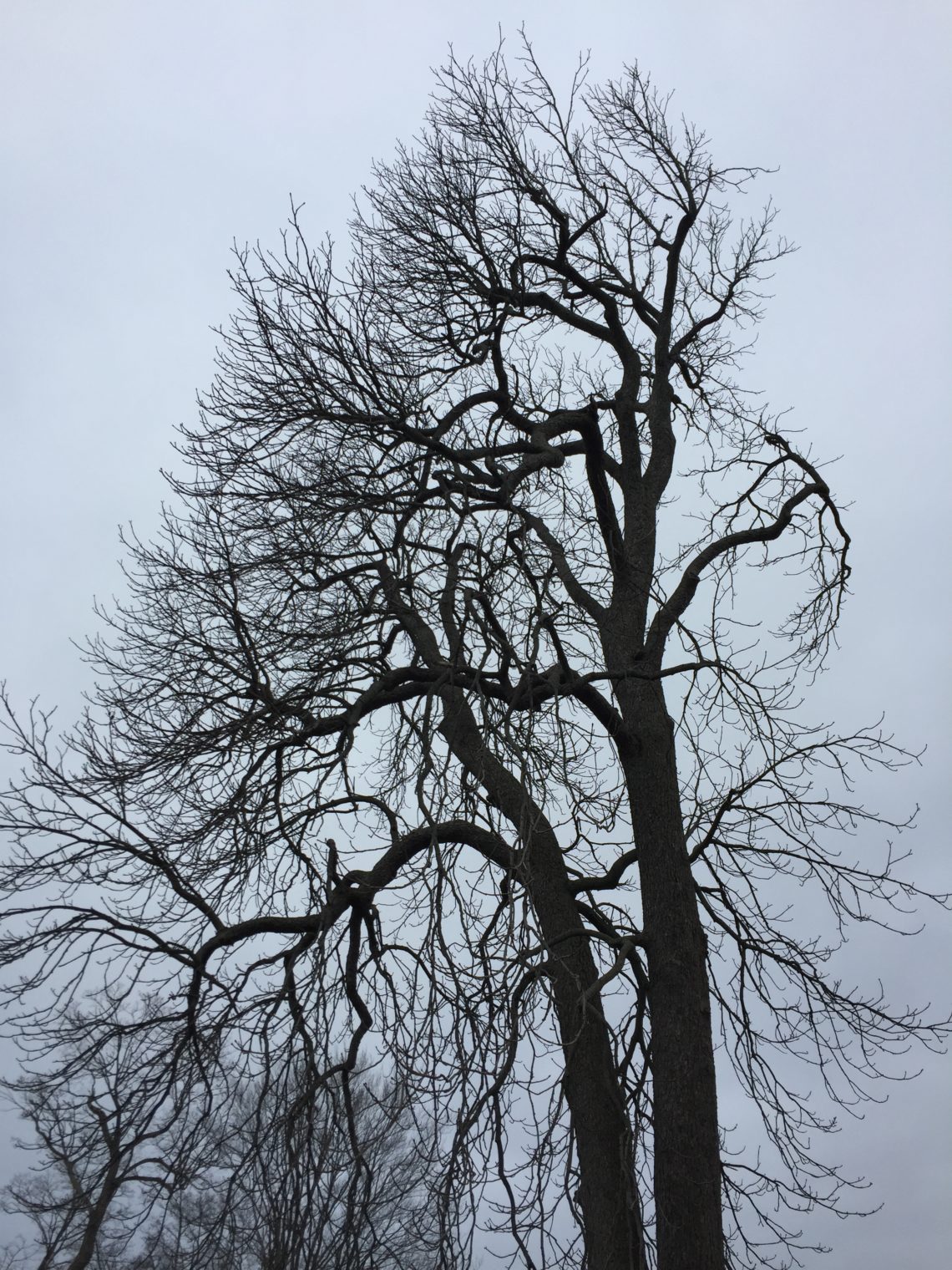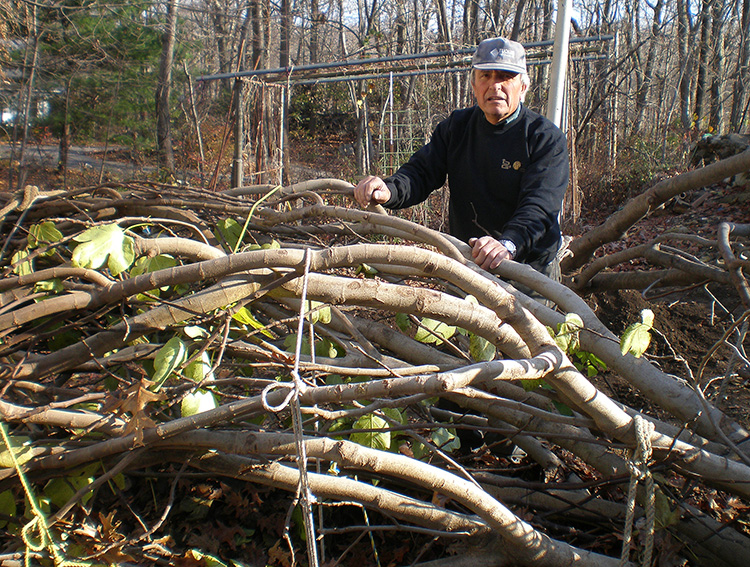In case you didn’t get the memo, trees are really important. Forests are literally the lungs of planet Earth and trees like oak (Quercus spp) support hundreds of species of butterflies and moths, which in turn support our local bird communities. I was excited to read Beresford-Kroeger’s new book and hear her viewpoint. She’s a scientist who brings a certain je ne sais quoi to the mix because she was also steeped in ancient celtic knowledge at an early age. She may be the last person to have been taught this way directly. Diana isn’t your average writer, she’s a polymath with undergrad degrees in botany and medical biochemistry and…
-
-
The Nature of Oaks
By Anne Rowlands Of course Doug Tallamy would write a book about oaks. TThe University of Delaware entomologist has been praising and raising awareness of Quercus for years in his widely popular books and lectures, and this newest book is fascinating. It’s a really useful field guide – not only to oaks, but also to the myriad species that play a part in the oak ecosystem. “Oaks support more forms of life and more fascinating interactions than any other tree genus in North America,” writes Tallamy. The content drives that home. I found this little book (200 pages) to be written for those who want to dive into the science…
-
Apples of New England
By Will Rowlands Interested in apples and their history? This book is for you. Both Anne and I found it entertaining and informative. Read about the real Johnny Appleseed (Massachusetts native John Chapman), and David Church from Newington, Connecticut, who distributed apple seeds during his travels in New York State. Immerse yourself in the history of apples in New England and discover which apple variety is the oldest … the Roxbury Russet or the Yellow Sweeting (aka Sweet Rhode Island Greening). Three of the most popularly grown apples in the 1700s and 1800s were the Roxbury Russet, Sheep’s Nose and Westfield Seek-No-Further, all discovered in New England. This handy book…
-
For the Love of Apples
By Alan C. Sax & Miles Schwartz Sax I understand why people fall in love with other people but I don’t really understand what causes people to fall in love with things. Is it hardwired into our brain to find objects that fascinate or that build affinity with the familiar? Or, maybe it’s an evolutionary strategy to harvest the fruits of discovery and be rewarded with a dulcet cascade of dopamine. Of all the things that people can love, there are a number of us out there whose affections are reserved for all things apples. With their fragrant blossoms, sumptuous fruit, cathedral orchards, and tantalizing ciders, the apple of our…
-
New Program in Arboriculture & Urban Forestry
Jan. 24, 2019 – UConn & CTPA Announce Plans for a New Degree Program. At a recent meeting of the CT Tree Protective Association, CTPA and the University of Connecticut announced that they will work together to initiate a two-year degree program in Arboriculture & Urban Forestry at UConn. This program will be housed within the Dept. of Natural Resources, within UConn’s College of Agriculture, Health & Natural Resources. Once fully implemented, students will be able to graduate with an associate degree in Arboriculture & Urban Forestry. This degree program is intended to prepare students for direct entry into the working world of professional tree care. It will also, for students…
-
Hug a Tree on Valentines Day!
Take a moment NOW to help make CT's roadside forests safer and healthier
-
Trees: A Tough Few Years in Connecticut
When the winter 2018-’19 CTPA (Connecticut Tree Protective Association) newsletter, “The Connecticut Arborist” arrived, the article by Chris Donnelly titled, “2018: A Difficult Year for Trees — How Can Arborists Help?” stood out. As a reader, we’ll assume you’ve noticed the increasing number of dead and dying trees as you drive around the state. For the many of us who love our trees and hate to see them perish for any reason, Chris’s article gives us some insight on what’s going on and where. The windstorms and tornadoes in our area in March and May, the continuing advance of the Emerald Ash Borer (EAB), plus the combined effects of drought…
-
Growing Fig Trees in Cooler Climes
By Anne Rowlands SEPT-OCT 2012 – Obviously I grew up in a bit of a bubble. Until recently, I’ve been unaware of the robust fig-growing culture in Connecticut. Though I’ve enjoyed my fair share of fig cookies, dried figs, and the fresh fruit that occasionally becomes available in the supermarket, I never suspected that growing them here was a possibility. I figured they were as unsuitable to this climate as citrus trees. But, while working on this story, I found that these little trees are everywhere – in front yards, back yards, city streets and parking lots. So, for those of you with no experience with figs, here’s something to…
